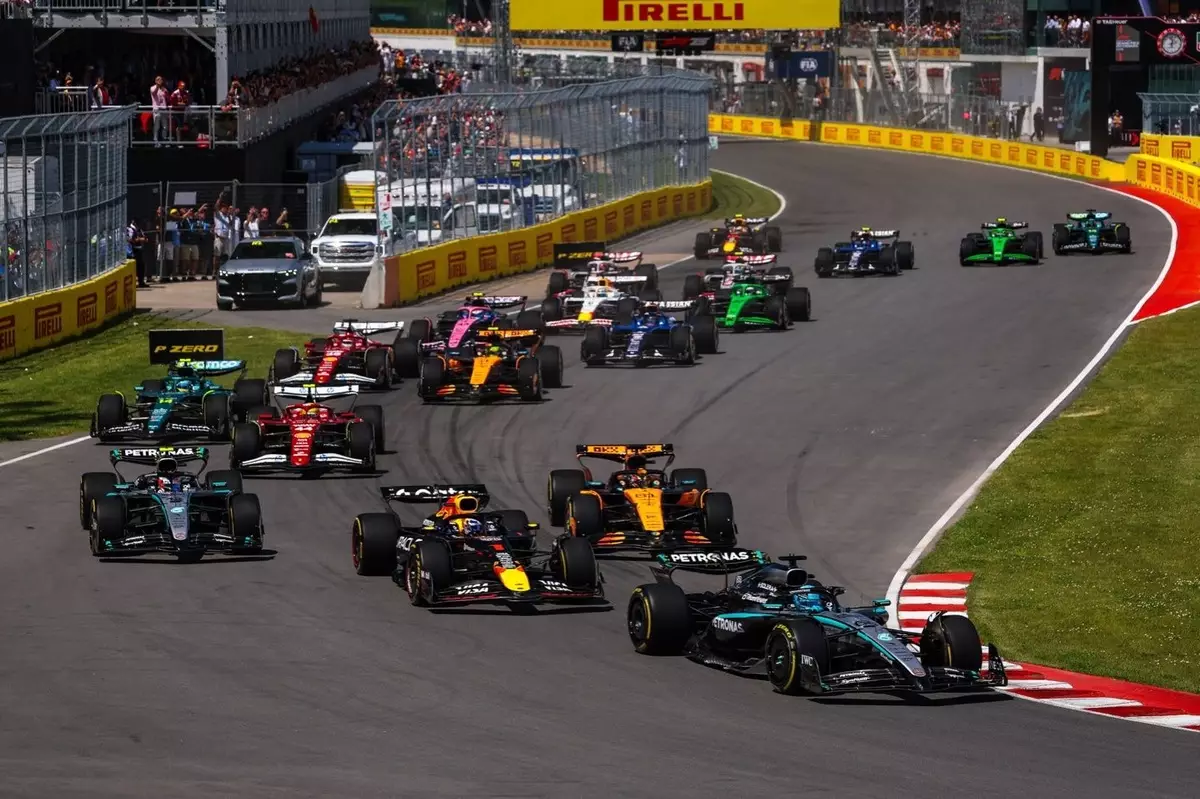Formula 1 has always been a sport surrounded by tightly-guarded secrets and high-stakes drama. However, in recent times, the demand for clarity and transparency has risen significantly among drivers, teams, and fans alike. The FIA (Fédération Internationale de l’Automobile) has finally taken a bold step by publicly releasing the updated racing guidelines and penalty structures for the 2025 season. These guidelines aim to address the controversies and ambiguities that have marred recent seasons, and this new approach symbolizes a shift towards a more open and accountable governance framework.
The release of these guidelines comes after a particularly tumultuous season rife with disputes over racing conduct, incidents of on-track clashes, and disputes over steward decisions. This transparency initiative can be viewed as a much-needed reaction to the growing clamor for more structured regulation in a sport that thrives on competition yet has struggled with perceived favoritism and inconsistency.
Navigating High-Pressure Situations
In high-octane sports like Formula 1, split-second decisions can alter the trajectory of races and championships. The newly published guidelines offer insight into how race stewards are likely to interpret overtaking maneuvers. One noteworthy clause elucidates the distinction between overtaking on the inside and outside of corners, adding a layer of sophistication to how racing incidents are evaluated.
Critically, the guidelines stipulate that a car attempting to overtake on the inside must adequately position itself—having its front axle alongside the rival’s mirror—before and at the apex of the corner. This factor may favor aggressive drivers while simultaneously placing an additional burden on those attempting to defend their position. In contrast, overtaking on the outside remains a far more complex maneuver and is acknowledged as inherently more challenging, demanding even greater levels of control and precision from the driver.
By establishing these nuanced parameters for overtaking, the FIA sends a clear message that driving skill and racecraft will be the most crucial elements in how incidents are judged. Each scenario is assessed on its merits rather than being subject to arbitrary decisions, a significant advancement towards fairness in racing.
Subjectivity Meets Objectivity
While the guidelines provide a framework, it is essential to recognize that they are just that—guidelines, not hard-and-fast rules. Stewards retain the authority to exercise their discretion, assessing incidents based on various critical factors such as braking behavior, visibility for drivers, and whether a maneuver was executed within the bounds of the track limits. This element of subjectivity invites a certain level of skepticism, as individual stewards have differing interpretations, which can lead to unpredictable outcomes.
One of the most notable voices in the recent discourse is George Russell, a prominent driver and director of the GPDA (Grand Prix Drivers’ Association). Russell’s support for the FIA’s transparency move is pivotal, as it underscores the critical need for an environment where drivers feel their safety and competitiveness are prioritized. His comments reveal the sentiment among drivers calling for a governance system that is not only transparent but also democratic, allowing for driver input explicitly in the evaluation process of racing incidents.
Shaping the Future of Racing
Ultimately, the FIA’s decision to publish its guidelines is a transformative step that could redefine the relationship between drivers, teams, and race officials. By fostering an environment of accountability, the FIA not only enhances trust but also encourages a culture of sporting fairness. The expectation is that this initiative will serve as a critical foundation to mitigate disputes and enhance the overall quality of racing.
As the 2025 season approaches, the rolling out of these guidelines will be globally scrutinized, with fans eagerly awaiting the evolution of rules-based clarity in Formula 1 racing. What this shift signifies goes beyond the technical aspects of racing; it’s about achieving a new standard of openness that places both drivers and fans at the heart of the sport. The journey towards greater transparency may be just beginning, but it embodies the spirit of progress that Formula 1 so desperately needs as it steps into a new era.


Leave a Reply